Here is the cite for the open-access article: Foulds, S., Hoffmann, S., Hinck, K., & Carson, F. (2019). The coach–Athlete relationship in strength and conditioning: High performance athletes’ perceptions. Sports (Basel), 7(12), 244–. https://doi.org/10.3390/sports7120244
“They don’t care how much you know until they know how much you care.” This phrase is heard frequently in the coaching world and represents an undervalued aspect of interacting with teams, athletes, and students alike. The knowledge that resides inside the mind of the coach is important but a successful program depends not on design but execution. A well-structured, scientifically driven program is of great importance; however, high performing athletes depend on effective leadership from their coaches. Within leadership lies a dynamic process of building relationships to develop trust, concisely convey information, and cooperate to achieve short- and long-term goals. These dynamics vary among disciplines and strength and conditioning (S&C) coaches have a unique role with more opportunity for interaction at the individual level.
The 3+1 C’s framework of effective leadership has been developed in order to account for the dyadic nature of relationships that was missing in previous models, meaning the coach and the athlete can influence this process. The original 3 C’s were composed of closeness, commitment, and complementarity and later added the “+1”, co-orientation. Through these constructs, higher-quality relationships are developed, and consequently, athletes express higher satisfaction and desire to perform which ultimately leads to higher achievement and success of a program. We currently know that effective leadership and the relationship between the coach and athlete are highly influential to the outcomes of a program but what isn’t as clear is how these relationships are built. Based on the 3+1 C’s model, this research’s aim “was to investigate high performance (i.e., participating at Olympic or Paralympic, professional, or state-, or national-, or international-level) athletes’ perceptions of S&C coaches, specifically, (1) their character traits, (2) their effective behaviors that display these traits, and (3) how these relationships are fostered. While there is a wealth of research on coach–athlete relationships in general sports coaching, limited research has been conducted specific to S&C coaches”.
Closeness
Intimacy within professional boundaries is critical to the relationship between the athlete and coach. Trust is the bridge to honesty and openness and within “closeness”, this is an important factor. Many times, athletes express respect for their coach and appreciation along with trust through various modes. Some build these through results, some from credibility and some from simply connecting on a personal level with their coach. S&C coaches have many more opportunities for small group or one-on-one interactions and therefore should use this time wisely to build the relationship with as many individuals as possible.
Commitment
Knowing a coach has the best out for you involves knowing there is a long-term commitment to your development and to the program as a whole. Athletes need to know that you are going to be coming in and giving your heart to their development regardless of circumstances and that they have someone to count on. Sometimes, unfortunately, you will find that you end up being the only person they have.
Complementarity
Coaching is an art that blends with scientific training programs. Issues arise on a daily basis at the team level and at the individual level. Athletes also have their own perspectives and felt a greater connection with their coach when their voice was heard and tended to prefer more adaptable coaches. Participants also noted the motivation factor in having an enthusiastic, passionate leader who led by example while allowing autonomy among the athletes was an admired trait in a coach. Athletes will be more willing to go to war for you if you are in the trenches alongside them.
Co-orientation
As communication requires two people, one to send a message and the other to receive, relationships are not different. The meshing of personalities and effective communication builds the connection between two people. Coaches and athletes have a special kind of relationship and when you are able to develop the interpersonal connections, it makes the experience that much better for all parties. Humor and other enjoyable personality traits as well as open communication and feedback are critical to building this special bond.
Following the 3+1 C’s model, a deeper understanding of effective leadership and coach-athlete relationship building is attained. While coaches need to understand physiological principles, program design, and other aspects of training, there are many pieces to the human performance puzzle. Developing skills in relationship building and communication as well as simply getting to know your athletes for the people they are can go a long way in higher satisfaction for all and ultimately higher achievement and performance outcomes.


